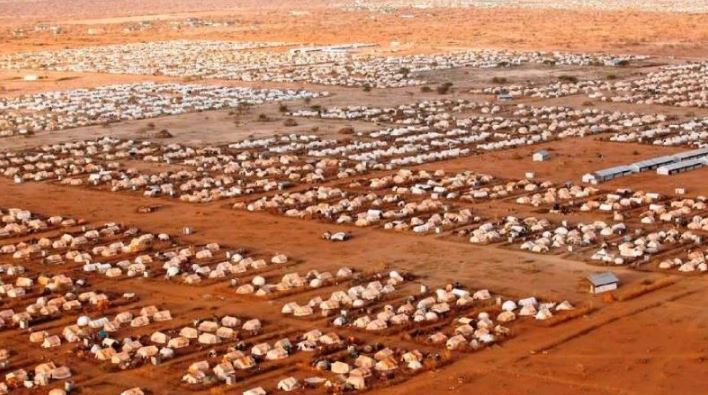×
The Standard e-Paper
Join Thousands Daily

The government of Kenya has given UNHCR 14 days to have road map on the definite closure of Dadaab and Kakuma refugee camps.
Interior CS Fred Matiang’i on Wednesday issued the government directive to the UNHCR representative in Kenya Fathiaa Abdalla saying there is no room for further negotiations.